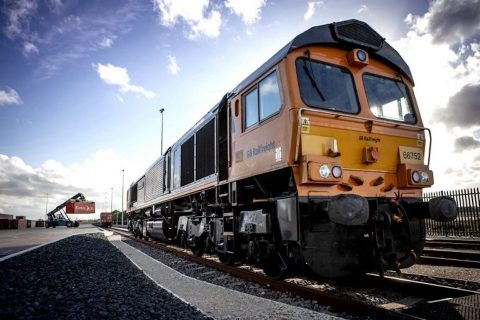Scottish rail project compromises to accommodate freight potential

Work is underway to reintroduce rail services to an economically disadvantaged corner of Scotland. The primary goal is to bring passenger services to around 50,000 people, resident in the East Neuk of Fife. However, the design of the Levenmouth Rail Link has been made to accommodate the introduction of freight services. That’s the word from the local authority and Network Rail, the British infrastructure agency currently overseeing the building of the eight kilometre route.
Do you want to read the full article?
Thank you for visiting RailFreight.com. Become a member of RailFreight Premium and get full access to all our premium content.
Are you already a member?
Having problems logging in? Call +31(0)10 280 1000 or send an email to customerdesk@promedia.nl.





Hi Simon. I’m the person who raised the Objection in the Planning Application https://planning.fife.gov.uk/online/applicationDetails.do?activeTab=documents&keyVal=RJDL2SHFGJ600 Have you viewed the Documents and My submission? Network Rail have missed the whole point about my concern that with the amount of housing development now being planned, to extend the double track for PASSENGER USE to Buckhaven & Dysart would need the infrastructure altered at a cost of approx £10million.